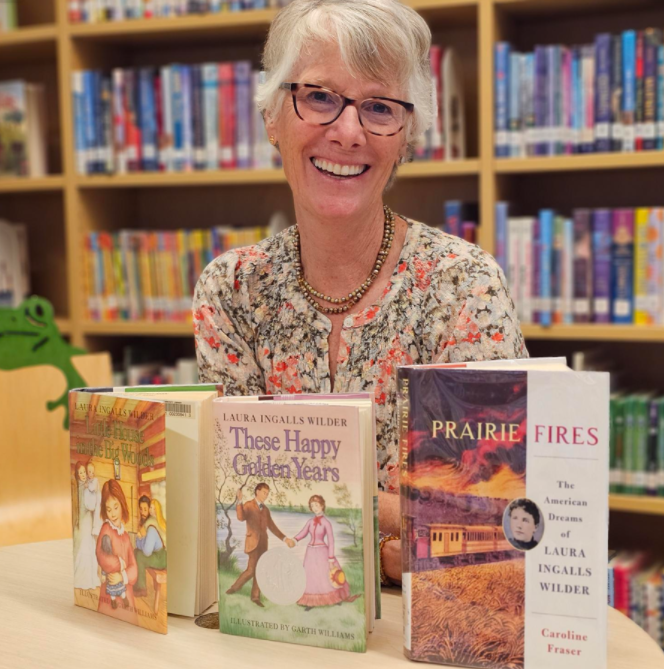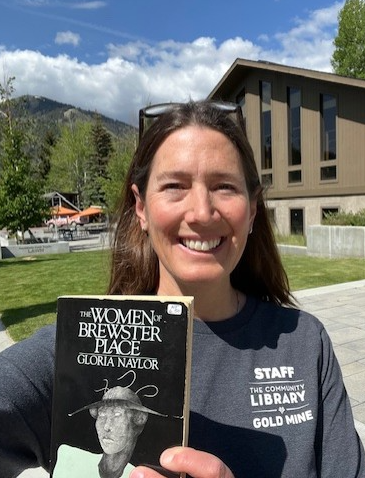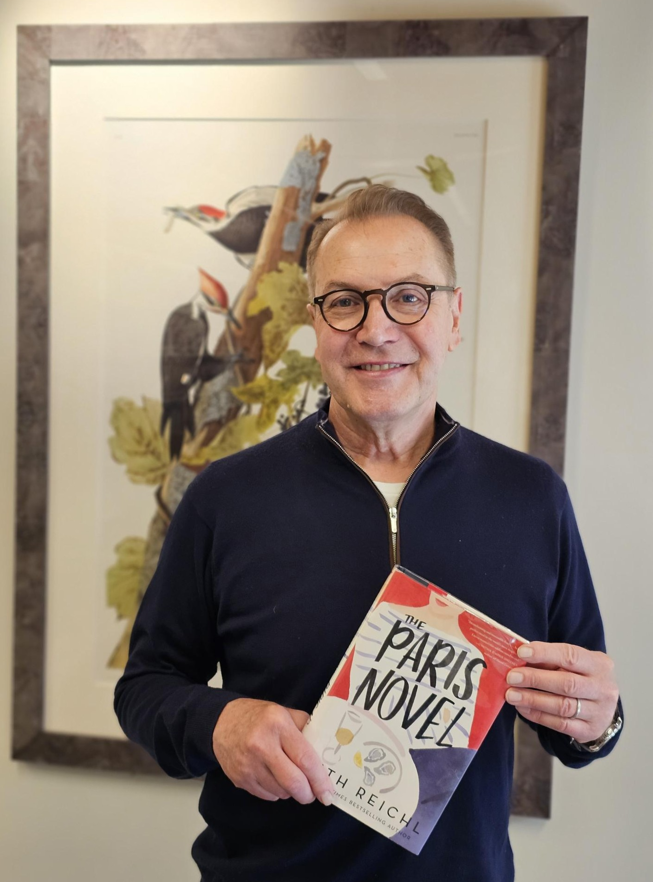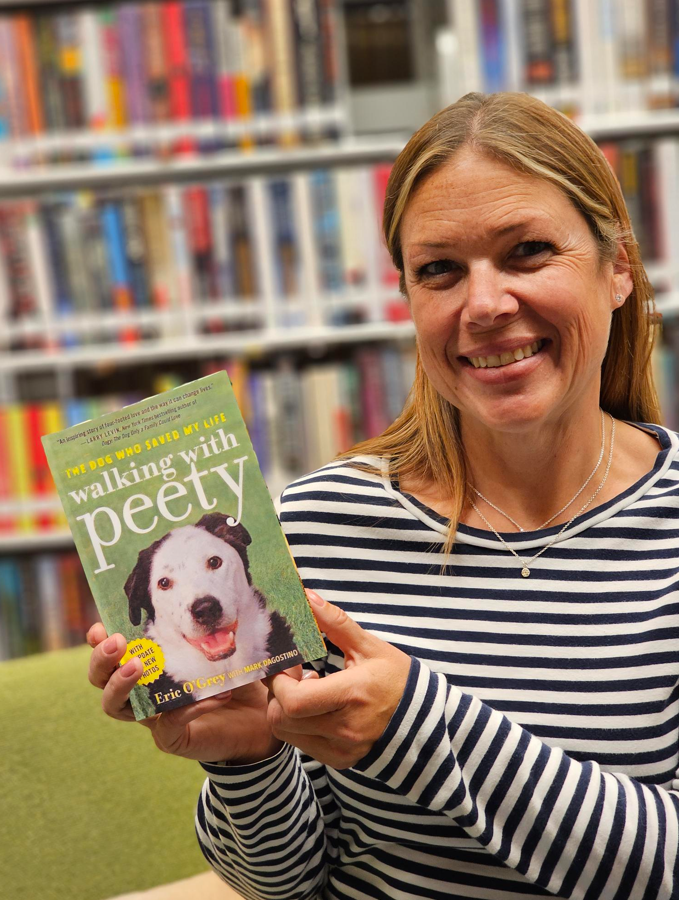We’re putting history in your hands this summer and taking it on the road to destinations near and far.
History in Your Hands
The Wood River Museum opens virtual doors to Wood River Valley History through a free app from Bloomberg Connects.

Locals, visitors, and even people far afield can now experience the history of the Wood River Valley in a whole new way. The Community Library’s Wood River Museum of History + Culture launched a new digital guide to enrich both onsite and offsite visits. The app features highlights from the Museum’s offerings. More/download the app here.
Community Library Field Trips
The Museum is hosting three summer field trips to provide opportunities to dig deeper into the regional history in southern Idaho. Seating is limited; registration is required.

Saturday, June 28
Field Trip: Minidoka and the Herrett Center
Saturday, August 9
Field Trip: Shoshone Bannock Indian Festival at Fort Hall
Saturday, September 3
Field Trip: Teater’s Knoll and the Hagerman Museum
Sun Valley Story Tour by Bus
Catch free Valley tours every Friday starting July 11 and running through August 29.

Join Wendy and Jim Jaquet or one of our volunteer team to ride the Blue Line bus (starting at the Elephant’s Perch on Sun Valley Road at 10:15 a.m.). You’ll get the opportunity to learn from local experts about the history of the area as well as see a wide variety of historic buildings and sites along the way. After the tour, come to the Museum to learn more from our collection that includes information on mining, Hemingway, the Shoshone Bannock, and Bald Mountain. To guarantee your spot, call the Visitor Center at 208-726-3423 or email Kristine Bretall here.
Friday, July 11
Sun Valley Story Tour by Bus
Friday, July 18
Sun Valley Story Tour by Bus
Friday, July 25
Sun Valley Story Tour by Bus
Friday, August 1
Sun Valley Story Tour by Bus
Friday, August 9
Sun Valley Story Tour by Bus
More about The Community Library’s Wood River Museum of History + Culture here.





